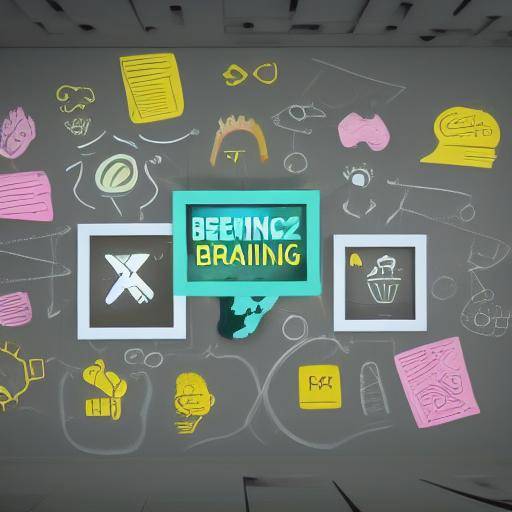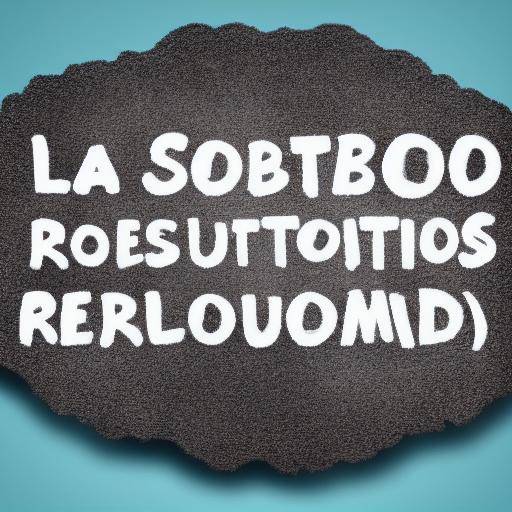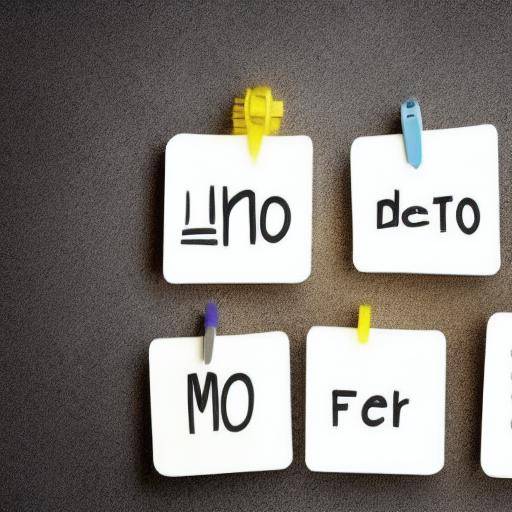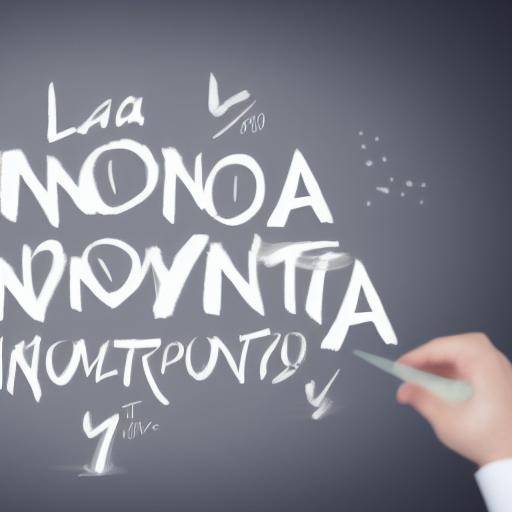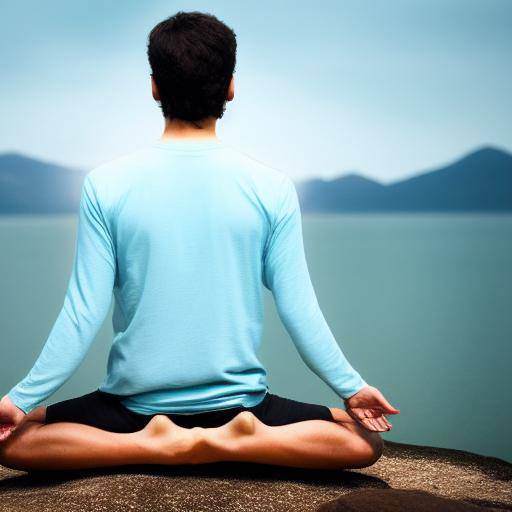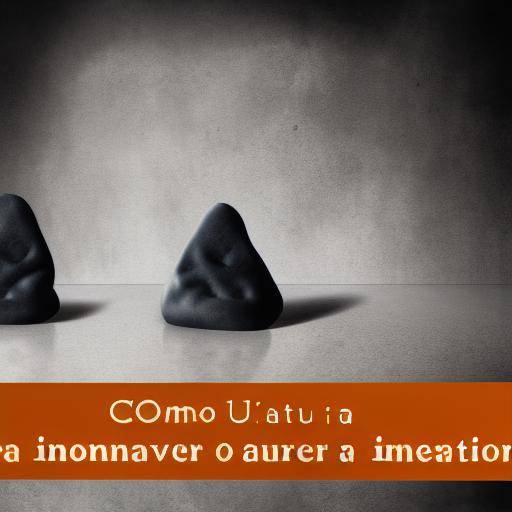
Meditation is a millennial practice that, in addition to its benefits for mental and emotional health, can be a powerful tool to increase creativity and innovation. In this article, we will explore in detail how meditation can enhance creativity and productivity, as well as its impact on the professional and personal environment.
Introduction
Meditation has gained popularity in recent years as a technique to reduce stress, improve concentration and promote general well-being. However, their benefits go far beyond mental and emotional health. Numerous studies have shown that meditation can stimulate creativity and innovation by fostering a mental state conducive to original thinking and problem solving. In this article, we will explore in depth how meditation can influence creativity and productivity, and how these skills can be applied in various spheres of life.
History and Background
Meditation has its roots in ancient religious and philosophical traditions, such as Buddhism and Hinduism. Over the centuries, it has evolved and adapted to different cultures and contexts. From its origin in the ancient East to its adoption in the West, meditation has experienced significant growth in its popularity, backed by an increasing body of scientific evidence that supports its benefits.
Benefits of Meditation in Creativity
Meditation promotes a state of full attention and consciousness that can unlock creativity by allowing the mind to free itself from limited distractions and thought patterns. By cultivating a quiet and receptive mind, meditation can open space for new ideas and innovative approaches, which can result in significant advances in the creative sphere.
Current Challenges and Trends
While meditation offers many benefits for creativity and innovation, it also poses challenges and disputes. It is important to consider both the positive aspects and the possible limitations and barriers to their effective application in creative and working environments. In addition, the integration of labour-based meditation still faces resistance and will require a change of mindset in many organizations.
Practices and Best Practices
Meditation can be applied in various ways to enhance creativity and innovation. From guided meditation practices to full care exercises, there are numerous techniques that can be adapted to creative and professional environments. By knowing best practices to effectively integrate meditation, it is possible to maximize its benefits and promote an enabling environment for creativity and innovation.
Comparative analysis
By comparing meditation, creativity and productivity, connections and synergies can be identified that reinforce the importance of cultivating a holistic approach to these skills. Meditation can act as a catalyst to improve both individual creativity and collective productivity, creating a virtuous cycle that enhances performance and innovation.
Practical Tips and Recommendations
For those who wish to use meditation to increase their creativity and productivity, it is crucial to have practical guidance and advice. From the creation of a space conducive to meditation to the incorporation of daily mindfulness routines, there are numerous strategies that can be implemented to maximize the benefits of meditation in the creative and labour sphere.
Conclusions and FAQs
In short, meditation can be a powerful tool to increase creativity and innovation. By integrating meditation into everyday life and the working environment, it is possible to unlock the full potential of the creative mind and foster an innovative approach to the challenges and opportunities presented.
Questions
**1. How can meditation improve creativity?**Meditation fosters a calm and receptive state of mind, clearing the mind of limited distractions and thought patterns. This allows the emergence of new ideas and innovative approaches, thus enhancing creativity.
**2. What are the best practices to integrate meditation into the working environment?**The integration of meditation in the workplace can be done through mindfulness practices, the creation of spaces for meditation, and the promotion of a culture that values full attention and creativity.
**3. How can meditation impact productivity at work?**Meditation can improve concentration, reduce stress and promote a more balanced working environment, which has a positive impact on the productivity and efficiency of work teams.
**4. What is the role of meditation in promoting innovation in organizations?**Meditation can stimulate individual and collective creativity, which in turn fosters innovation within organizations by promoting an enabling environment for the generation of disruptive ideas and creative problem solving.
**5. Is pre-meditation experience required to gain benefits in creativity?**It is not necessary to have previous experience in meditation; both beginners and people with previous practice can experience benefits in creativity by including meditation in their daily routine.
**6. Are there risks associated with the practice of meditation in the working context?**While meditation is generally considered safe, it is important to foster a balanced approach and avoid the imposition of meditation practices that can generate stress or anxiety on employees. The support of meditation experts can be beneficial to foster a healthy and effective practice.
In conclusion, meditation can be a valuable tool to boost creativity and innovation both at the personal level and in the working environment. Understanding its benefits, practical applications and potential challenges, it is possible to effectively integrate meditation to foster an environment conducive to creativity and productivity. If you want to deepen the subject, we invite you to explore our recommended sources, where you will find additional information on the relationship between meditation, creativity and productivity.





